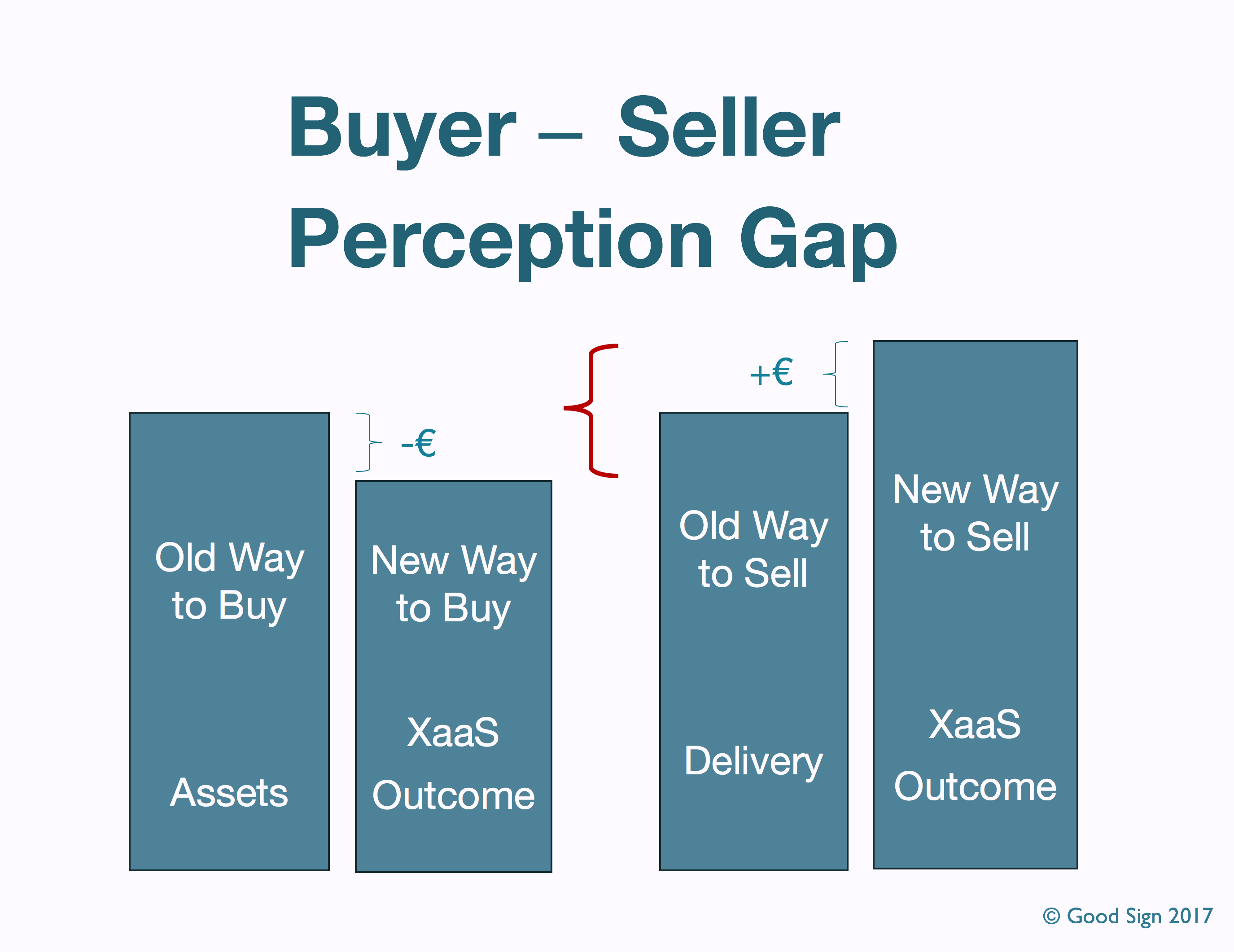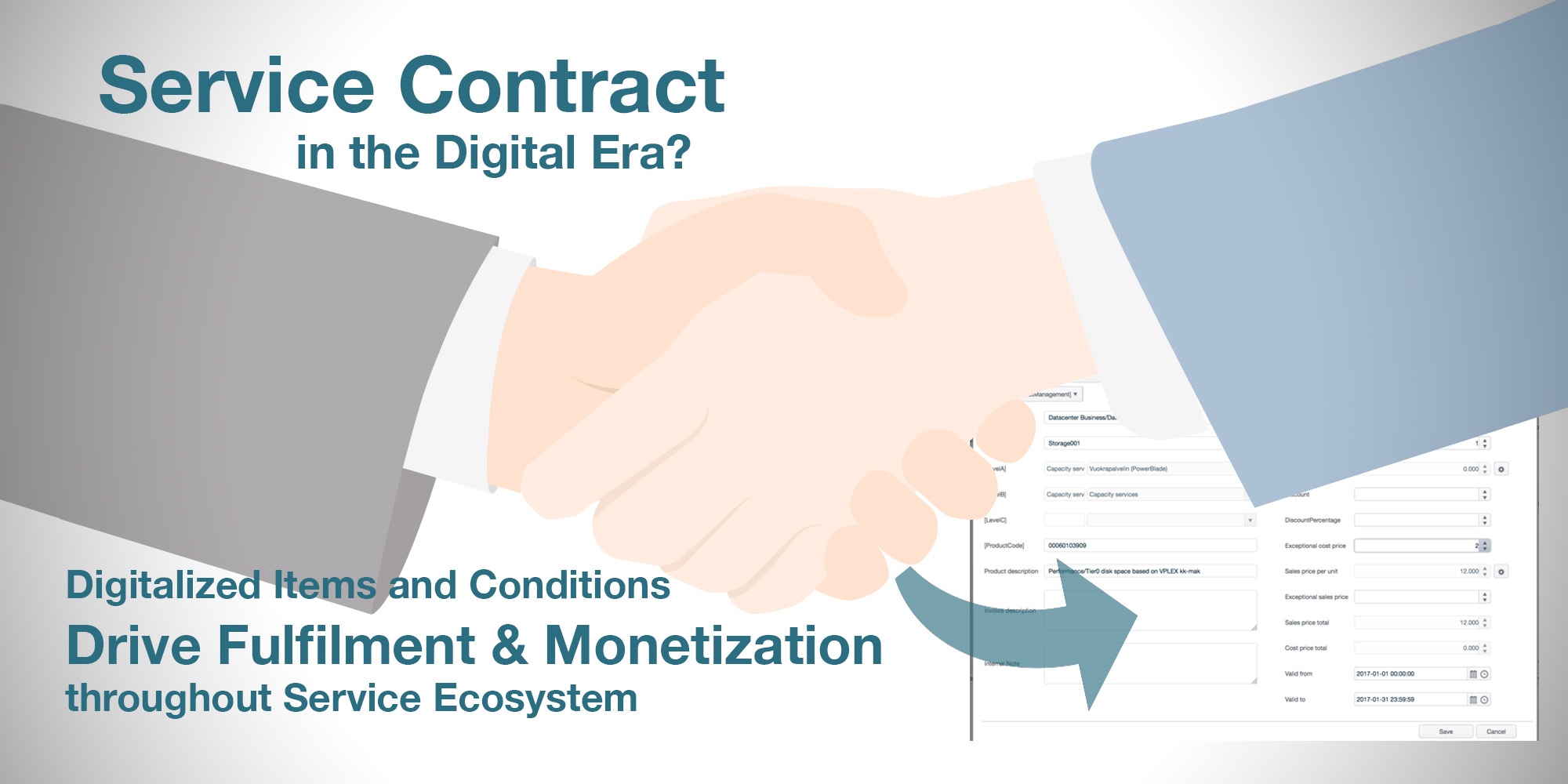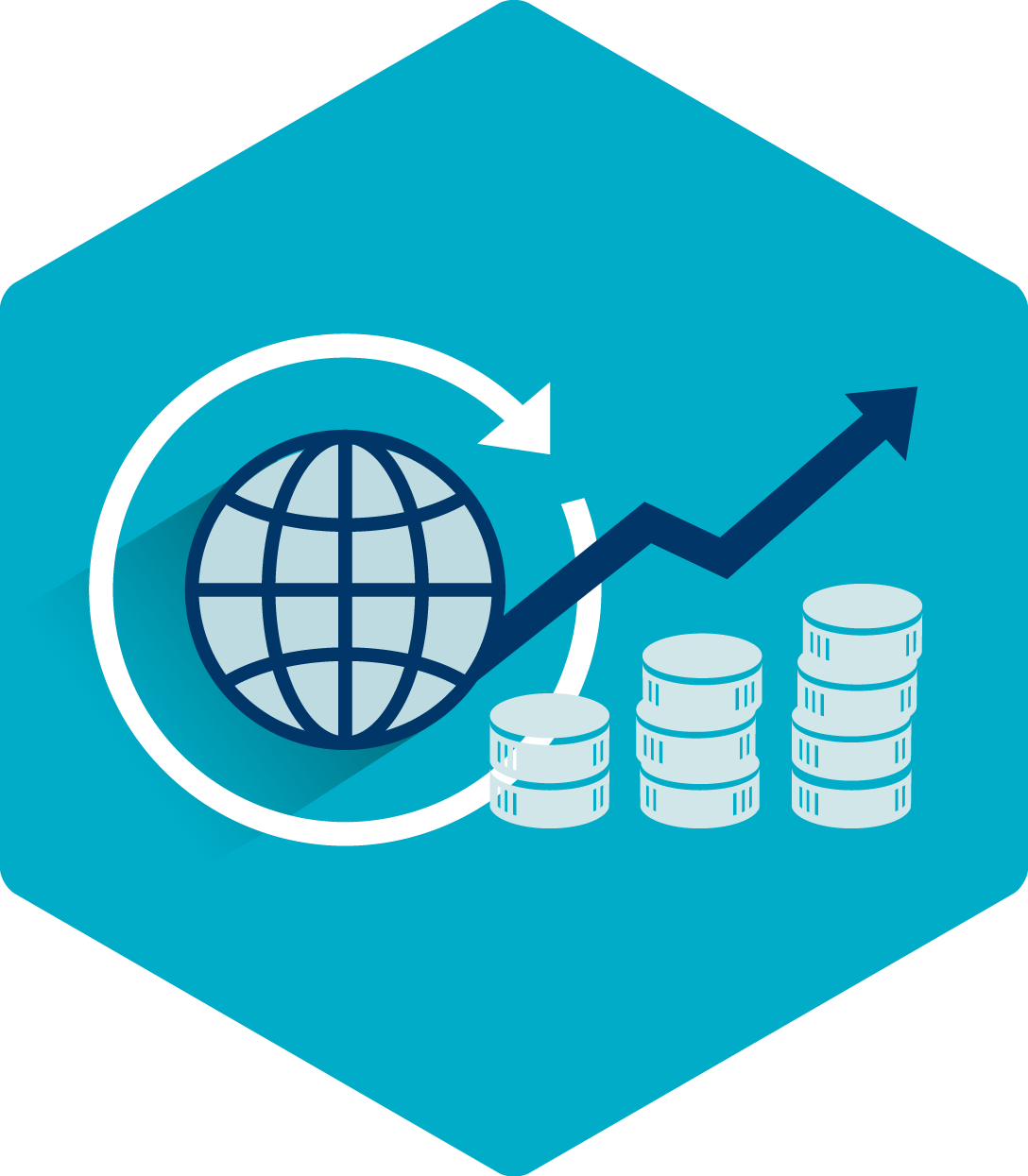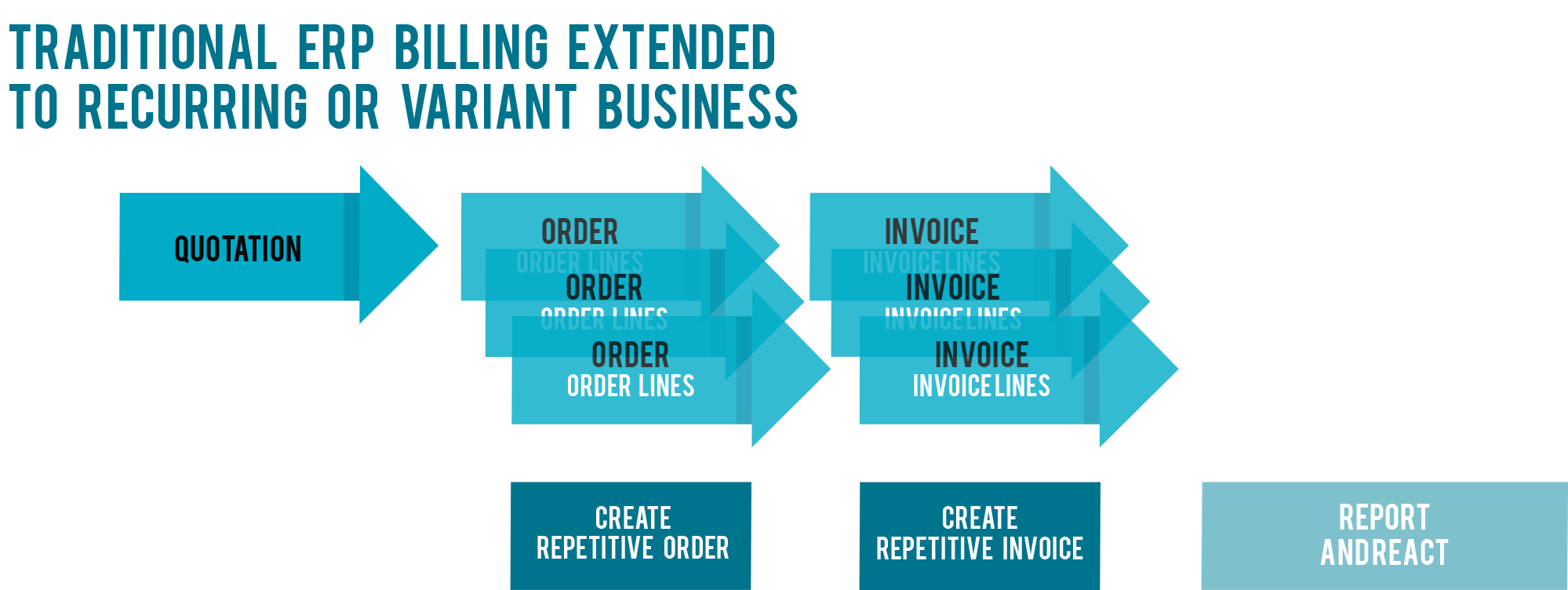1 min read
Contract is the Service Business Operations Engine in the Digital Era
Contract Documents Have a New Meaning in the Digital Era If you were asked to visualize a contract, would you think of a pile of paper with hand...
2 min read
 Taija Engman
:
Jun 7, 2017 2:41:04 PM
Taija Engman
:
Jun 7, 2017 2:41:04 PM

“Customer expectations have been permanently upgraded”, stated Henrik Ehrnrooth, President & CEO of KONE Corporation in his opening key note at the Manufacturing Performance Days 2017 summit last week.
He voiced that companies can no longer sell what they have; they must sell what the customers wish for: “Our customers want to buy outcomes, not product features.”
Over 800 industry decision makers and experts shared the topic “Towards Outcome Economy” at the Manufacturing Performance Days. Spotlight was on the new business models, earning logic and customer value creation.
Many industries are affected by digital disruption. Along with the adoption of IoT, even the most successful traditional industrial manufacturers selling physical investment products are transforming into usage-based and outcome-based service businesses.
So the era of standard service packages is over. Customers are no longer willing to accept a “least unsuitable package” but wish to pay per-use or pay-per-outcome. This change affects all structures in service companies.
Good Sign’s lead consultant in industrial internet and digitalization, Janne Kivilaakso, gave a presentation on “Monetizing Customer Value" at the Manufacturing Performance Days. He stated that new service business models are also creating a “Buyer - Seller Perception Gap”. Buyers are expecting that a new way to buy means lower prices. Sellers are expecting to charge more with a new way to sell. Therefore, the price expectation may grow far apart.

When service providers move into outcome based business they must understand that in the outcome economy customer defines the value. The value is different from customer to customer depending on what the customer’s use for the service is and what the customer’s own value creation is. The value reflects the customer’s justification on the spend.
There may be several ways to close the gap and reach agreement on service content and value. The service provider can:
This calls for end-to-end digitalization!
Service business dynamics are different from product business.
A paradigm shift in business model requires also a paradigm shift in processes and systems:
New dynamic service structures and customer specific sales combinations and dynamic pricing models are not existent in the traditional systems for ERP and pricing and billing.
Speed, flexibility and transparency will be embedded in the business models and business systems.
Forerunner Service Providers and Ecosystems are launching new strategic service models and experimenting new pricing and value sharing models. If you would like to read some latest interesting examples, do take look at what we at Good Sign Solutions have enabled for our customers.
Would you like to discuss your new business model needs? Analyse how your customer contracts can drive customer satisfaction? Just leave you contact information or book an e-meeting!

1 min read
Contract Documents Have a New Meaning in the Digital Era If you were asked to visualize a contract, would you think of a pile of paper with hand...

The Long Journey to Digital Economy As for today, it might seem that we have travelled far with the opportunities brought to us by digitalization....

Good ERP system is an essential tool to support product sales, manufacturing, warehousing, delivery and billing. However, the ERP mode of operation...